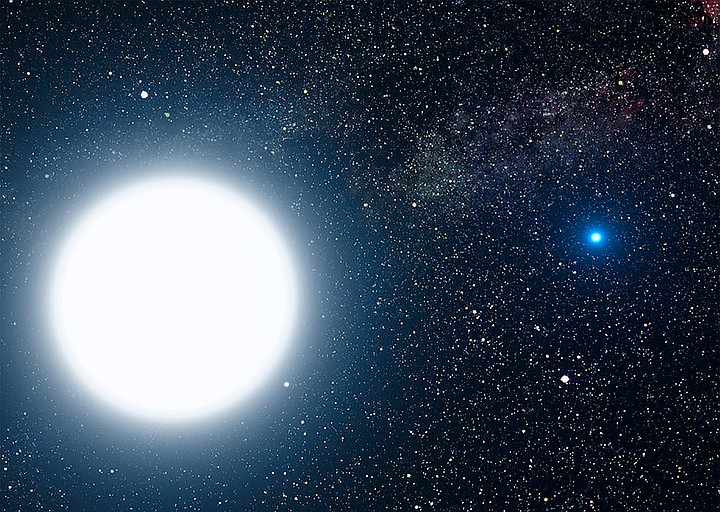 Facebook
Facebook
 X
X
 Instagram
Instagram
 TikTok
TikTok
 Youtube
Youtube

San Diego’s Warmest Weather, on average, should occur in August through early September, according to statistics compiled from several decades of measurements taken near the San Diego International Airport. In an average year, coastal residents enjoy an average daily temperature of 70°, which compares favorably (depending on your viewpoint) with the January average daily temperature of 55°. The range between the high and low is typically 10° or less this time of year. August’s warm, semi-tropical weather will eventually give way to September’s and October’s slightly cooler days interspersed with occasional heat waves brought on by Santa Ana conditions — dry, hot winds that sweep down the mountain slopes from the interior.
The term “Dog Days” traditionally refers to a period of particularly hot and humid weather occurring during the summer months of July and August in the Northern Hemisphere. This period of sweltering weather coincides with the year’s heliacal (meaning “at sunrise”) rising of Sirius, the Dog Star. Sirius is part of the constellation Canis Majoris, the “Greater Dog”, which is where Sirius gets its canine nickname, as well as its official name, Alpha Canis Majoris. Not including our own Sun, Sirius is the brightest star in the sky.

In ancient Greece, Egypt, and Rome, it was believed that the dawn rising of Sirius in mid- to late-summer contributed to the extreme weather of the season. In other words, the “combined heat” of super-bright Sirius and our Sun was thought to be the cause of summer’s sweltering temperatures. The name “Sirius” even stems from Ancient Greek seírios, meaning “scorching.”
Watchers of the Dawn Sky early this month will notice the bright, so-called winter stars (especially those in the constellations of Orion, Taurus, and Gemini) just above the rosy glow of morning twilight. The waning crescent moon will be amid this group on the mornings of August 5, 6, 7, and 8.
The above comes from the Outdoors listings in the Reader compiled by Jerry Schad, author of Afoot & Afield in San Diego County. Schad died in 2011. Planet information from SkyandTelescope.org.


San Diego’s Warmest Weather, on average, should occur in August through early September, according to statistics compiled from several decades of measurements taken near the San Diego International Airport. In an average year, coastal residents enjoy an average daily temperature of 70°, which compares favorably (depending on your viewpoint) with the January average daily temperature of 55°. The range between the high and low is typically 10° or less this time of year. August’s warm, semi-tropical weather will eventually give way to September’s and October’s slightly cooler days interspersed with occasional heat waves brought on by Santa Ana conditions — dry, hot winds that sweep down the mountain slopes from the interior.
The term “Dog Days” traditionally refers to a period of particularly hot and humid weather occurring during the summer months of July and August in the Northern Hemisphere. This period of sweltering weather coincides with the year’s heliacal (meaning “at sunrise”) rising of Sirius, the Dog Star. Sirius is part of the constellation Canis Majoris, the “Greater Dog”, which is where Sirius gets its canine nickname, as well as its official name, Alpha Canis Majoris. Not including our own Sun, Sirius is the brightest star in the sky.

In ancient Greece, Egypt, and Rome, it was believed that the dawn rising of Sirius in mid- to late-summer contributed to the extreme weather of the season. In other words, the “combined heat” of super-bright Sirius and our Sun was thought to be the cause of summer’s sweltering temperatures. The name “Sirius” even stems from Ancient Greek seírios, meaning “scorching.”
Watchers of the Dawn Sky early this month will notice the bright, so-called winter stars (especially those in the constellations of Orion, Taurus, and Gemini) just above the rosy glow of morning twilight. The waning crescent moon will be amid this group on the mornings of August 5, 6, 7, and 8.
The above comes from the Outdoors listings in the Reader compiled by Jerry Schad, author of Afoot & Afield in San Diego County. Schad died in 2011. Planet information from SkyandTelescope.org.
Comments